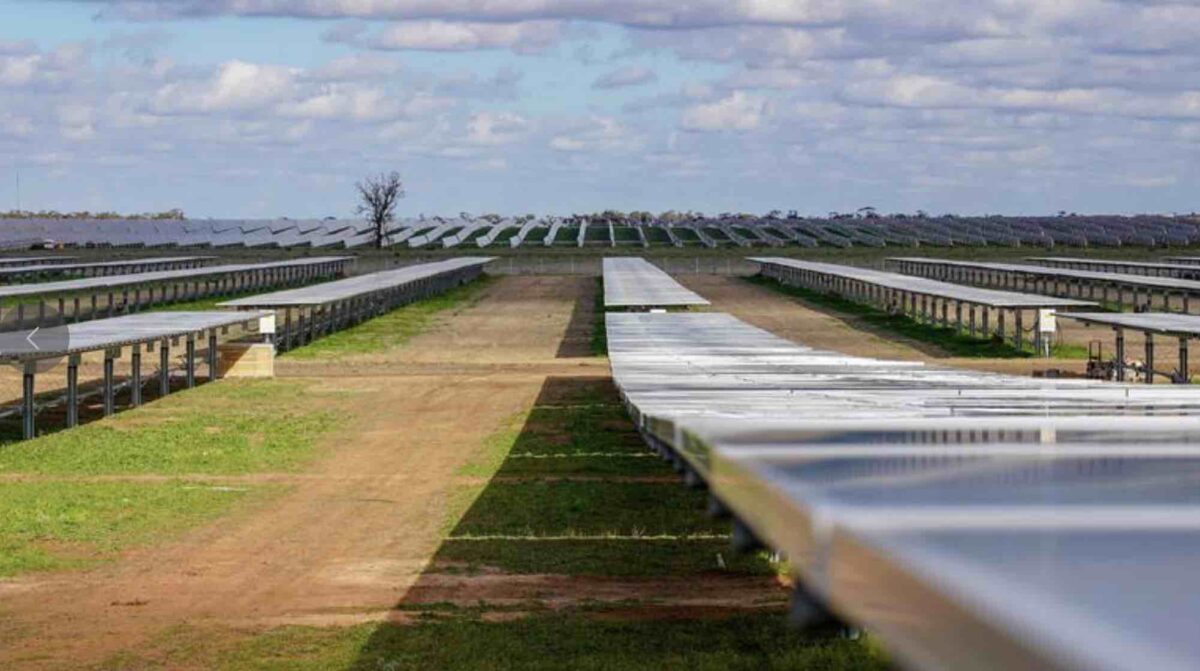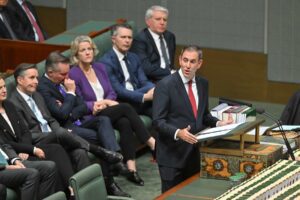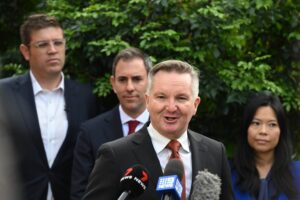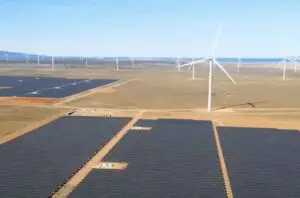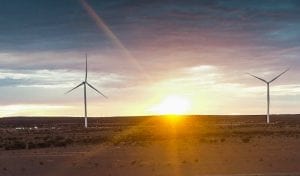Australia’s biggest group of clean energy investors has called for an urgent review of rules governing generator ratings, after the final calculations for wind and solar farms were published this week by the market operator.
The Australian Energy Market Operator published its final word on 2024-25 Marginal Loss Factors (MLFs) on Tuesday, which decide how much of a generator’s output is credited as “delivered” to a customer and can affect a project’s profitability.
Critics of the process, led by the Clean Energy Investor Group, argue it can amount to “large and unpredictable swings in revenues” for wind and solar farm owners, and thus create broader uncertainty for the industry.
According to AEMO’s final calculations, the biggest hits in 2024-25 will be on projects in south-west New South Wales, where MLFs have fallen by as much as 3.2%, and in North west Victoria, where they have fallen by 3.4%.
The CEIG says the impact is particularly pronounced for key generators such as Broken Hill Solar Farm, Limondale Solar Farm, Karadoc Solar Farm, Bannerton Solar Farm and Kiamal Solar Farm.
And while the changes to the ratings are not as steep as those set out in AEMO’s draft determination in mid-January, they will still deliver a blow to a number of projects, potentially cutting revenue by 3-4%.
Christiaan Zuur, the director of market, grid and investment at the Clean Energy Council says the difficulty – both for the market operator and for developers of renewable energy projects – is that the drivers behind the changes to MLFs are themselves variable, and difficult to predict.
“Year on year changes in MLFs … are driven by changes in supply and demand, seasonal variability and changes in the network itself as new transmission augmentation is built,” Zuur explains on LinkedIn here.
They also vary across regions.
“In QLD, it’s reductions in thermal generation output, which reduces line flows and therefore losses. In South Australia it’s reductions in demand. In NSW and Victoria, it’s changes in generation patterns and flows across the network.
“The drivers of changes in [south-west] NSW warrant attention. Here worsening MLFs are paradoxically caused by a reduction in overall congestion. It looks like loosening of some (stability?) congestion limits in the region has actually increased flows towards the relevant capital city … which has made losses worse.
“Note also …the worsening MLFs in South West NSW occur where one of the major NSW REZs is being developed.
“Given that stage 1 of Project Energy Connect has already been accounted for in AEMO’s modelling, any further worsening of MLFs may impact investor willingness to connect in the SW REZ,” Zuur says.
It is this sort of unpredictability from year to year and region to region that the CEIG warns could undermine the growth of renewables by hindering the investment confidence needed to decarbonise the grid.
“The ongoing issue with Marginal Loss Factors requires tailored solutions for the renewables grid,” says CEIG policy director Marilyne Crestias.
“This problem isn’t new and demands effective strategies to reduce risks and improve revenue predictability.
“We call on AEMO to conduct a review of the Marginal Loss Factor methodology and welcome the opportunity to collaborate closely with the market operator during the review process.
“Our goal is to address the challenges associated with MLFs and ensure a more stable and predictable environment for renewable energy investment.”
AEMO, meanwhile, has also flagged finding a different approach.
In a statement emailed to RenewEconomy in January, the market operator said it is “looking at possible options to reduce large year on year changes within the framework of the national electricity rules.
“Following the finalisation of the 2024/25 calculations AEMO will consult with industry on the methodology moving forward,” the statement said.
The AEMC, the market rule maker, has a role to play, too, says Zuur.
“The main issue here is uncertainty about how the various drivers will impact future movements in MLFs. This is an issue the Australian Energy Market Commission (AEMC) must turn its mind to, given that the electricity rules place very specific limitations on AEMO.
“In particular, it’s time to reassess whether the focus on marginal losses remains appropriate, as we move to a system with a very different relationship between network and generation build.
“A move to average loss factors would likely reduce uncertainty for investors and therefore the costs of building new generation and investment.”

